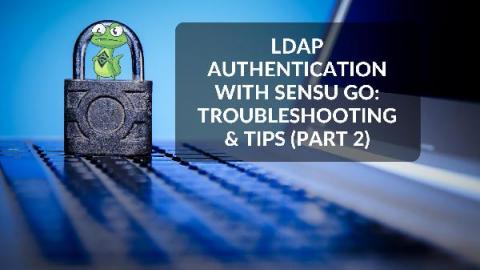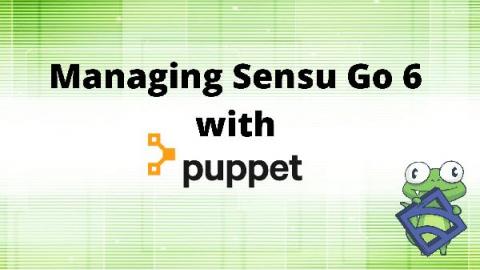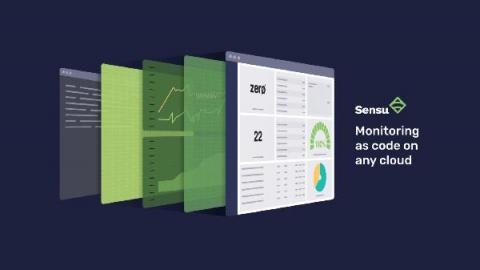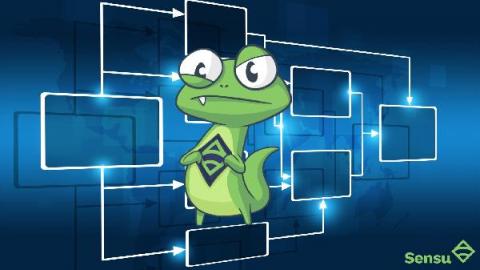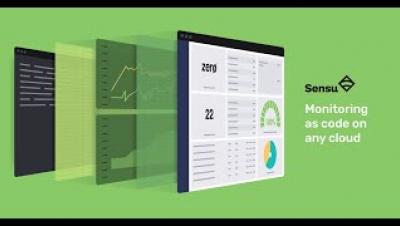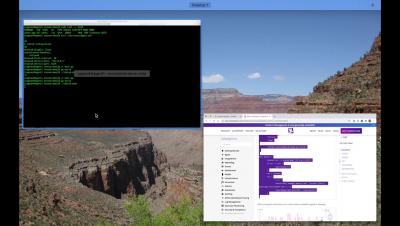LDAP authentication with Sensu Go: troubleshooting & tips (Part 2)
Sensu creator and Developer Advocate Todd Campbell recently wrote about using LDAP authentication for single-sign on (SSO) with Sensu Go. That post provided a great overview of Sensu authentication and included some useful LDAP troubleshooting tips. In this post, we'll focus on the Sensu LDAP implementation and explore how SSO/LDAP users are linked to RBAC "profiles" (i.e. Roles and ClusterRoles). We'll also demonstrate how Sensu supports multiple LDAP providers thanks to its groups_prefix feature.


